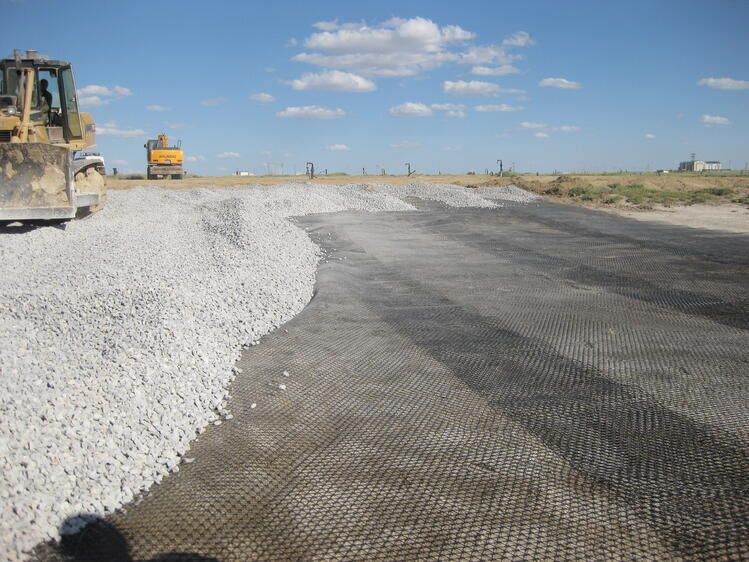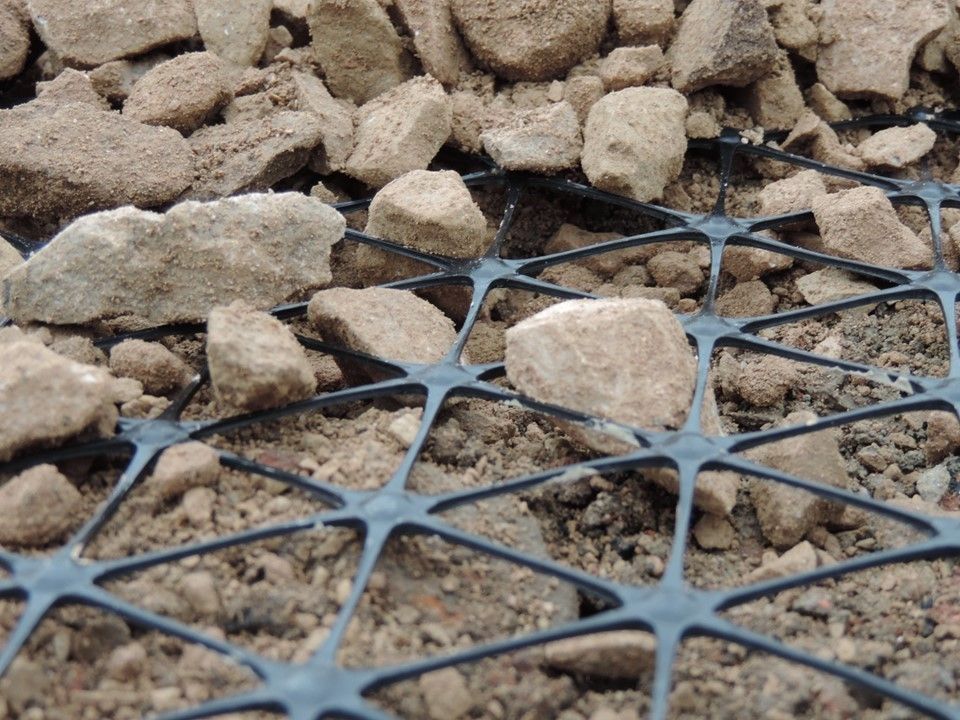Blogginlägg -
Att förstå geotekniska sättningar
What is geotechnical settlement?
In geotechnical engineering, settlement is defined as the downward movement of the ground due to changes in stresses within it. Excessive ground movements can cause damage in buildings, structures and transport infrastructure, from bridges and tunnels to road pavements and railways.
Andrew Lees discusses what type of settlement actually causes damage to buildings and pavements.
What causes settlement?
Geotechnical Settlement is typically the result of loading (from a building or vehicles moving along on a road, for example) exceeding the ground’s bearing capacity, causing consolidation, with the soil beneath the structure moving vertically and horizontally. Weak and poorly compacted soils are particularly vulnerable.
Settlement can be caused by other factors too, such as changes in moisture content (for example, saturated cohesive soils may soften, drier cohesive soils may shrink), deep excavations and tunneling, plus the collapse of naturally-occurring voids or abandoned mine workings.
Settlement can occur almost immediately after a load is applied or take years, depending on the underlying soil conditions and the cause of movement.

Installation of a Tensar mechanically stabilised layer.
Types of Geotechnical settlement
Uniform settlement
If uniform settlement occurs, the structure (or road or railway) will settle by the same amount along its length and no damage will occur – although the whole structure will be lower, of course.
Differential settlement
Often quoted in specifications to judge performance of geotechnical engineering, differential settlement occurs when one part of a structure settles more (or faster) than another.
If one edge of a structure moves more than another, the structure will tilt – the Leaning Tower of Pisa is a great example – but differential settlement will not cause stresses to build up and so should not cause damage. However, tilting can become unacceptable (in buildings with sensitive machinery, for example) or could lead to catastrophic failure, if tilting is excessive.
Curvature settlement
If a structure tilts, then a straight line can be drawn between one of its edges to the other. If, however, this line is curved, then this indicates different sections of the structure are moving to a greater or lesser degree.
This curvature settlement can cause distortions in the structure, inducing tensile strains that cannot be sustained by building materials (such as masonry and brickwork) or by road surfacing. Eventually this will lead to damage and cracking (and in railways, excessive curvature can mean trains cannot run on distorted tracks).
Curvature can be expressed by the deflection ratio: the maximum vertical movement, divided by the length of the structure over which that movement is measured. Curvature is therefore a key consideration when assessing settlement performance of structures.
How geogrids can reduce geotechnical settlement
Geogrids are commonly used in granular layers to mitigate the effects of uniform and differential settlement when building on weak ground (although the approach is suitable for any ground conditions).
A granular layer stabilised with Tensar geogrids performs as a composite, due to the interlocking mechanism and particle confinement that develops between the aggregate and the geogrid apertures under loading. By controlling lateral and vertical displacement of the granular particles, this mechanically stabilised layer (MSL) can delay settlement.

Tensar TriAx interlock with aggregate.
Tensar International | www.tensar.se | info@tensar.se
Relaterade länkar
Ämnen
- Miljö, energi